What is oil-pulling?
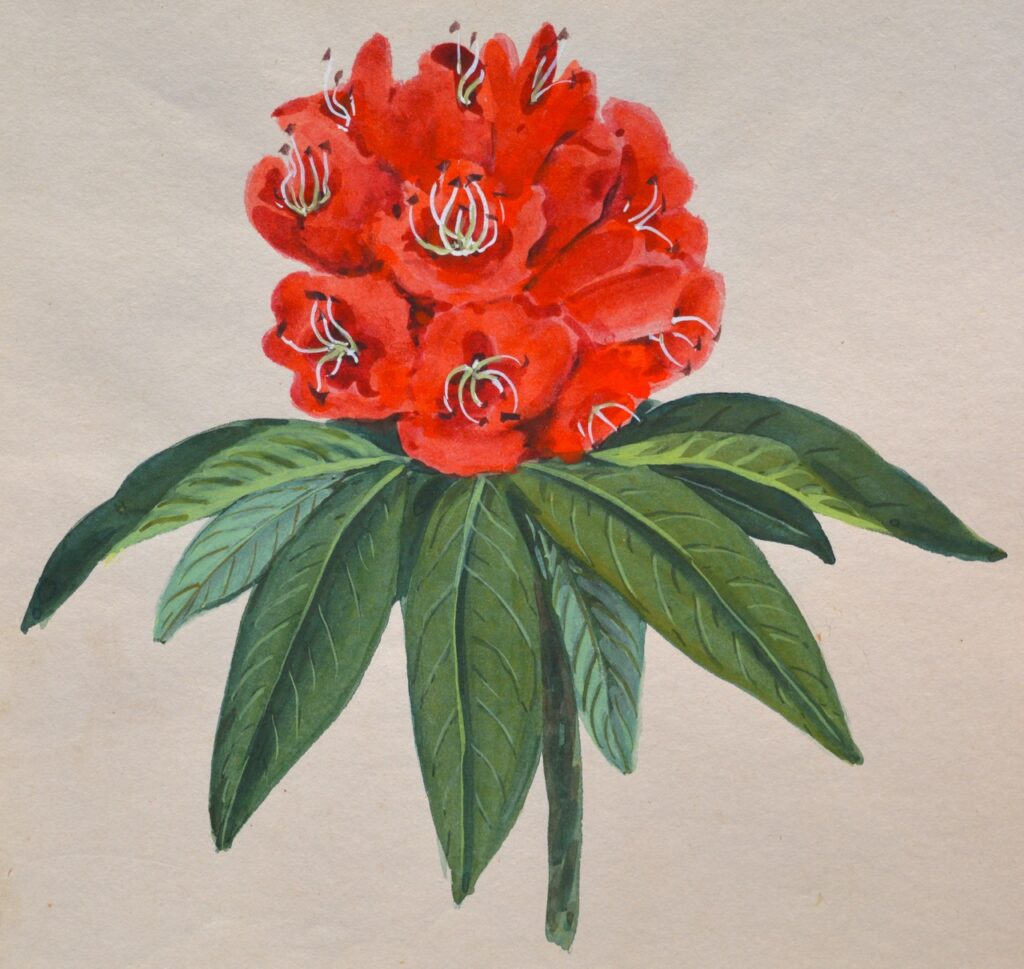
One of the newer health trends that has people talking is a practice called “oil-pulling”. Of course it’s not a “new” practice at all, but comes from the ancient practices of Āyurveda, a 4000 year old medical system that originated in India. Although I have been familiar with the practice for more than two decades, I first started to hear the term “oil-pulling” after the publication of a book written by Bruce Fife called Oil Pulling Therapy: Detoxifying and Healing the Body Through Oral Cleansing. Although I haven’t read the book and probably never will, I have heard that it and others were making the claim that oil-pulling could resolve all kinds of health issues including high blood pressure, arthritis, liver disease and cancer. But is this true?
Oil-pulling is part of the daily regimen in Āyurveda, called dinacaryā (di-na-char-yaa), performed during the morning ablutions to cleanse and purify the body. To cleanse the mouth specifically, Āyurveda suggests a number of techniques that can be used on a daily basis, including “tongue-scraping” (jihvānirlekhana) and “cleaning the teeth” (dañtadhāvana): oil-pulling is one among several techniques. But the term “oil-pulling” invented by proponents doesn’t actually represent the entire scope of practice. Called gaṇḍūṣa (gan-doo-sha) and kavalagraha (kavala-graha), the practice of oil-pulling is comprised of filling the mouth with oil (gaṇḍūṣa) and swishing it through the teeth (kavalagraha). For gaṇḍūṣa the mouth is completely filled with a prescribed medication, and then held without expectoration for some time. According to the 6th century physician Vāgbhaṭa, there are four categories of gaṇḍūṣa based upon the clinical manifestations of the bodily humors or doṣaḥ:
- snigdha (‘lubricating’, to reduce dryness and deficiency)
- śamśana (‘pacifying’, to reduce inflammation)
- śodhana (‘purifying’, to reduce congestion and mucus)
- ropaṇa (‘healing’, for ulceration and wounds) (Sū 22:2-3).
Although oil is often used, a large number of medications can be used in gaṇḍūṣa depending on the indications, including warm water, fats and oils, milk, fermented gruels (śukta, dhānyāmla), wines, meat soup, herbal decoctions, honey, and alkalis (kṣāra) diluted with water. For daily application, the most commonly used medication is unrefined, cured sesame oil (taila), but other oils such as ghee (ghṛta) or coconut can be used as well. The effects of each oil differ slightly:
- sesame oil: reduces dryness and mucus
- coconut oil: reduces dryness and inflammation
- ghee: reduces dryness and inflammation
 To perform gaṇḍūṣa, approximately 2-3 tablespoons or more of the medication is held the mouth for several minutes, until saliva is produced or the nose or eyes become secretory, after which time the medication is spit out. Usually this only takes 3-5 minutes at most. Sesame oil is naturally antimicrobial, and given its lipid-soluble nature, it penetrates into the gums and below the gum line to inhibit the growth of oral bacteria. Sesame oil needs to be cured before use, however, which can be done by heating the oil in pan at a low-medium heat, and sprinkling a few drops of water on top. Once the drops of water have evaporated, the oil is ready to use and can be stored for a month or so at time. In this way, only small batches of sesame oil are cured at a time. Although I don’t generally recommend that oils such as sesame, which are rich in polyunsaturated fatty acids be heated, sesame oil is unique in that it contains a heat-activated antioxidant called sesamol that protects and improves the quality and stability of the oil after heating.
To perform gaṇḍūṣa, approximately 2-3 tablespoons or more of the medication is held the mouth for several minutes, until saliva is produced or the nose or eyes become secretory, after which time the medication is spit out. Usually this only takes 3-5 minutes at most. Sesame oil is naturally antimicrobial, and given its lipid-soluble nature, it penetrates into the gums and below the gum line to inhibit the growth of oral bacteria. Sesame oil needs to be cured before use, however, which can be done by heating the oil in pan at a low-medium heat, and sprinkling a few drops of water on top. Once the drops of water have evaporated, the oil is ready to use and can be stored for a month or so at time. In this way, only small batches of sesame oil are cured at a time. Although I don’t generally recommend that oils such as sesame, which are rich in polyunsaturated fatty acids be heated, sesame oil is unique in that it contains a heat-activated antioxidant called sesamol that protects and improves the quality and stability of the oil after heating.
Apart from its antimicrobial effects, gaṇḍūṣa with sesame oil also lubricates the mouth and the jaw, and is effective for problems such as gingivitis, periodontitis, receding gums, dry mouth (xerostomia), temporomandibular joint (TMJ) pain, earache, headache, coryza, pharyngitis and narcolepsy. Likewise, there are similar benefits for coconut oil and ghee, although these oils are more nutritive and pacifying, rather than purifying. Coconut oil also contains a short chain fatty acid called caprylic acid (octanoic acid) that has specific anti-fungal properties, making it useful for oral thrush (candidiasis).
Similar to gaṇḍūṣa is kavalagraha, in which a smaller amount of medication such as sesame oil is taken and then moved about the mouth, pulling it through the teeth and gargling in the back of the throat. This is what people are mostly referring to when discussing “oil-pulling”. Performing kavalagraha with warm water is said to alleviate mucus congestion, promote digestion, and eliminate ‘toxins’ (āma). For hoarseness or sore throat, a variety of preparations can be used, including Indian herbs such as the fresh juice of Brāhmī or a decoction of Bibhītaka fruit. Western herbs such as Sage (Salvia officinalis), Myrrh (Commiphora myrrha), Purple Coneflower (Echinacea angustifolia) or Toothache flower (Acmella oleracea) can also be helpful, used as the diluted tinctures. I frequently use these diluted tinctures in the treatment of problems such as gum disease, throat infection, tonsillitis, and tonsiliths (tonsil stones).
 I frequently recommend both gaṇḍūṣa and kavalagraha in my practice, changing up the ingredients as required. Sometimes I recommend the use of an oil, sometimes not. This is why the term “oil-pulling” does not do justice to the original scope of practice. As well, the abundant claims made for the benefit of oil-pulling border on the absurd. This is a technique used primarily for cleaning the oral cavity, and while it does have some systemic benefit, the claim that oil-pulling can resolve serious diseases such as cancer or heart disease is irresponsible. As a practitioner of Āyurveda it is my duty to support and uphold its practices, but at the same time, it’s important to address what are clearly exaggerated claims to protect the integrity of its practices. In a similar fashion, I frequently hear that one should perform oil-pulling for 20 minutes or more at a time. Quite frankly, this is another silly statement, and is not reflective of traditional practices. Swishing oil around in your mouth for too long could cause you to accidentally aspirate (breathe in) some of the oil, and that isn’t so good for your lungs. For most purposes, 3-10 minutes should be enough.
I frequently recommend both gaṇḍūṣa and kavalagraha in my practice, changing up the ingredients as required. Sometimes I recommend the use of an oil, sometimes not. This is why the term “oil-pulling” does not do justice to the original scope of practice. As well, the abundant claims made for the benefit of oil-pulling border on the absurd. This is a technique used primarily for cleaning the oral cavity, and while it does have some systemic benefit, the claim that oil-pulling can resolve serious diseases such as cancer or heart disease is irresponsible. As a practitioner of Āyurveda it is my duty to support and uphold its practices, but at the same time, it’s important to address what are clearly exaggerated claims to protect the integrity of its practices. In a similar fashion, I frequently hear that one should perform oil-pulling for 20 minutes or more at a time. Quite frankly, this is another silly statement, and is not reflective of traditional practices. Swishing oil around in your mouth for too long could cause you to accidentally aspirate (breathe in) some of the oil, and that isn’t so good for your lungs. For most purposes, 3-10 minutes should be enough.
Hopefully this post clears up some misconceptions around the practice of “oil-pulling”, and provides a more coherent approach to using this venerable technique.


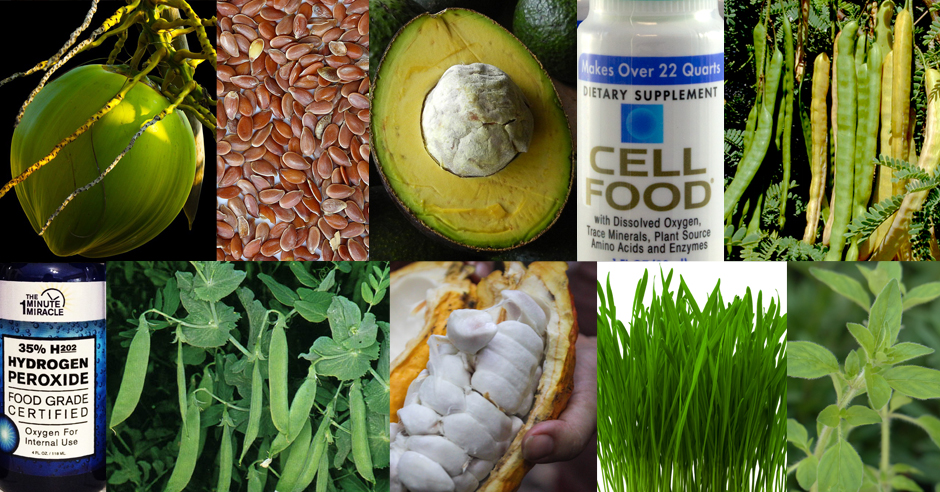
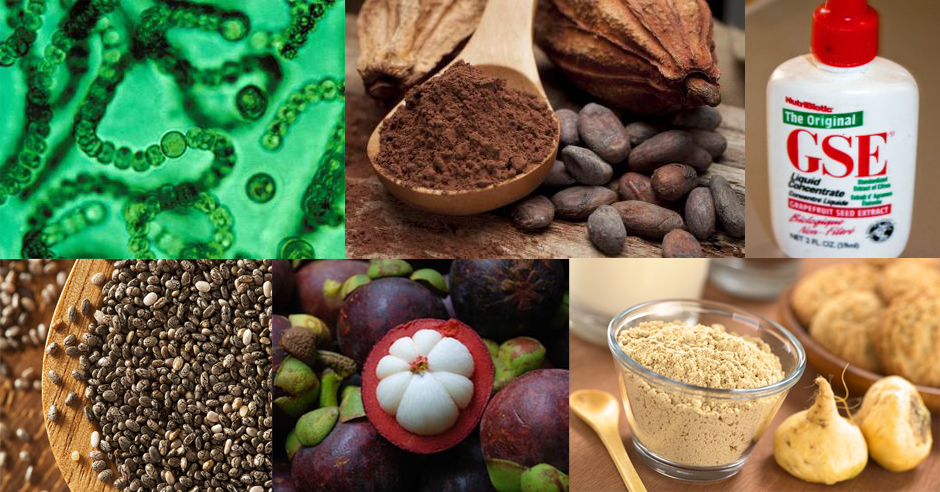
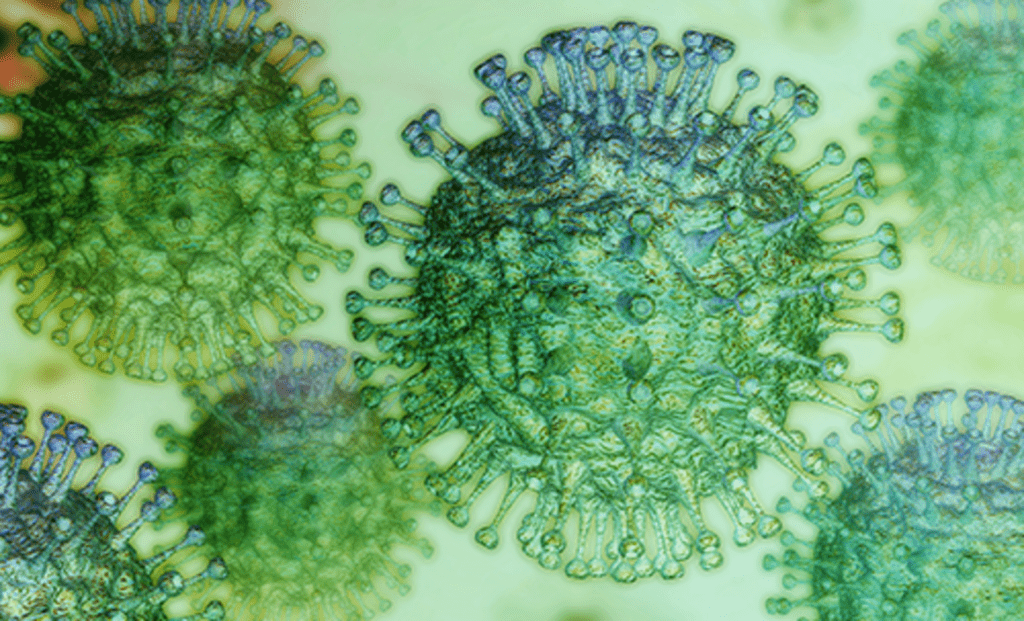
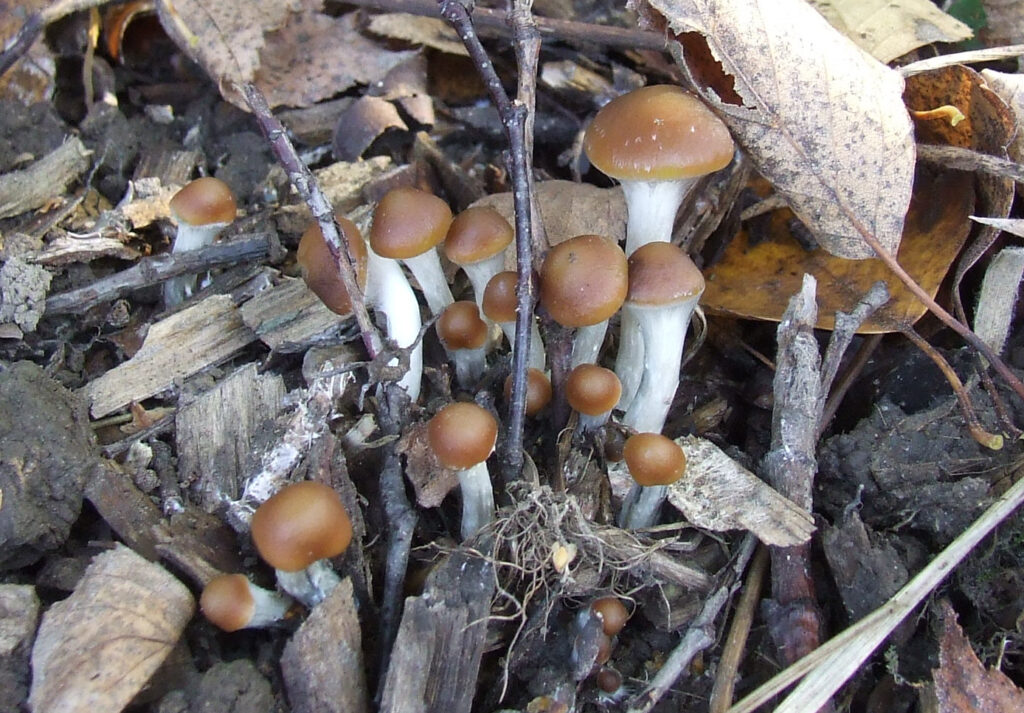
Hi Todd,
Thanks for the ayurvedic historic perspective of the origins of oil pulling. I would like to comment that there is a lot of testimonial evidence of the effectiveness of modern oil pulling on many different disorders, so I welcome the spirit of wide subjective research. My own interest in this is related to the possibility of modern oil pulling being able to draw out fat soluble toxins from the blood ie. the widespread endocrine disrupting chemicals which according to many respected scientists is the biggest threat to the future of humanity. Some say its possible, others dont. I would like to see this further investigated. It wouldnt be too hard to test if the oil after pullling would contain higher amounts of certain toxins, thereby proving it could actually draw them out. Thanks.
Hi Ole
The issue is that oil-pulling is but one among many different snehana (oleation) techniques in Ayurveda, and no special benefit above the others, apart from its specific benefits to the mouth/head/neck are described in Ayurveda. Thus while oil-pulling has become popularized, most folks haven’t heard about other snehana techniques that are used in Ayurveda, including nasya (nose drops), anjana (eye drops), karna tarpanam (ear drops), netra tarpana (eye drops), abhyanga (oil massage), or matra vasti (oil enema). Taken collectively, all of these measures help the body, and have the systemic effect we wish to create. But to elevate one, i.e. kavalagraha, and make all these claims for it, is to deny that there is a greater methodology at work.
Hi Todd,
The issue here that I wanted to address on the central point in your article is the obvious fact that so many personal testimonials are reporting wide systemic benefits from the modern type of longer duration oil pulling, this obviously goes beyond the ayurvedic origin and confines of gaṇḍūṣa/kavalagraha, so to try and minimize it or disclaim it by saying it is not ayurvedic is not really productive in any sense, it is all about the results from it. Of course there are some exaggerated and fraudulent claims out there.
I personally feel a lot of benefit from the modern type oil pulling, even only after a few days, I will very quickly feel more light and clearheaded as if I was liberated from some toxins. Also my mouth and gums quickly benefit and teeeth become squeeky clean.
I would definitely like to see some research on Pancha Karma and its possible effects to rid the body of fat soluble chemicals. Lets just make sure the oils are organic and also tested to be free of pollutants in the first place. 🙂
Testimonials don’t mean all that much, unfortunately, particularly when the testimony doesn’t come from people that aren’t established experts (this is the requirement for valid testimony in Ayurveda – “aptas” – a person who is wise, skilled and has a sound memory). Most people will benefit from oil-pulling – that’s not the point I was making. I was suggesting that it doesn’t need to be done for 20 minutes, and that it does not cure all the diseases that is claimed for it. That you feel clear-headed after use isn’t enough evidence of any substantial therapeutic effect. Clearing your head, which can be achieved by innumerable methods including deep breathing, drinking water, going for a walk, etc., cannot be compared to curing cancer or heart disease. As far as the cleaning effects, these can be achieved in only a few minutes of oil-pulling.
Finally! Thank you for the perspective Todd. My google efforts have resulted in urban legends always at the top of the research results. Thank you for putting it in context within other snehana techniques – it always seemed to hang out there on it’s own and I never could quite educate with credibility. Much appreciated.
Thank you for this information, most of which is new to me, including the part about curing sesame oil. I doubted that one needs to hold the oil in the mouth for twenty minutes. This seems impractical and really uncomfortable. I’ve been scraping my tongue for years. I use a tooth powder with myrrh and tea tree oil from a recipe I found many years ago. Your more comprehensive view gives me more confidence in a holistic approach to health care.
What about oil pulling properties of olive and castor oils?
Little difference, except for the quality of the oils. Castor is a very thick, heavy oil, but is more warming and detoxifying in action. But I wouldn’t recommend it for regular use in otherwise healthy individuals… it has more of a medicinal action.
Hi Todd, thank you for clarifying this practice. I’ve read some crazy blog posts about this recently so this was extremely beneficial information. I recently tried this with coconut oil in an attempt to get rid of oral and nasal odor (unnoticed to me, but noticeable to others) and found it left my mouth exceedingly dry. Its unclear whether or not it worked for the purpose I intended. I’m just wondering, how often is this done for daily? And are some oils more drying than others? Thanks!
Sounds like you might have issues with salivary production. You might try getting a hold of a herb called spilanthes, which helps to promote salivary production. Or, try the Indian toothpowders to clean your teeth. You might also have a tonsilith causing the bad breath.
Hi Todd,
Can you speak to the dangers, if any, of oil pulling with dental amalgams. People have mentioned loosening fillings and or releasing mercury.
Thank you in advance!
If the oil-pulling loosens fillings, then the fillings were already unstable. The reason why mercury amalgams were introduced is b/c they are very durable compared to plastic fillings.
Hello Todd,
You wrote about the curing of Sesam-oil. What about the “curing” of other oils and ghee?
You also wrote “gargling in the back of the throat” … why is this advise given as many other sources advise against it?
Hi Umberto
Kavalagraha is gargling, and oil can be used for this purpose in Ayurveda, along with many other agents including decoctions and infusions. It is particularly useful for removing concretions like tonsil stones, moisturizing and purifying the area. However, it is very important not to swallow the oil, nor inhale it by accident. This is probably the reason why some people that practice what they call “oil pulling” suggest not to do it. It’s also the reason why I recommend not practicing oil pulling more than just a few minutes 1 to 2 times a day. Excessive usage of oil pulling may cause unintentional swallowing or inhalation of the oil.
Hello Todd,
What about the first question … the need of curing other ouils if used in this practice?
Your remarks on inhalation of oil and the posible damge to the lungs alarmed me as I use to coat the inside of the nostrils with black-seed-oil now and then … can you shed some more light on this issue?
Thank you for your reaction.
Curing the oil is mostly unique to sesame, as for most oils this isn’t required. As for the second point, please read the last few sentences of my blog. There’s a link to a study which shows that, in some cases, people might be inhaling oil into their lungs with oil-pulling. For nasya, any oil you put into your nose should be spit out.